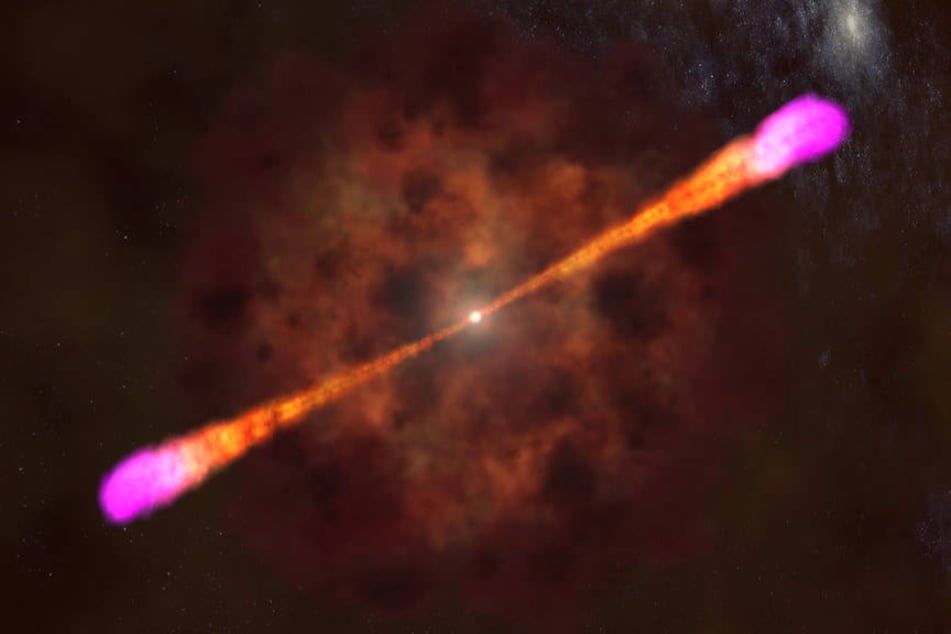Chinese scientists measure the biggest explosion since the Big Bang: "Brightest of All Time"
Beijing, China - Researchers in China have used telescopes to identify the biggest cosmic explosion since the Big Bang and unravel its many mysteries!

The scientists identified what is known as a 'spectral line' within the explosion, revealing how matter and antimatter collide at nearly the speed of light.
Energy produced by the collisions, which saw the antimatter and matter eliminate one another as they collide, has since been released out into the universe in the form of light.
The research was conducted by a team at the Chinese Academy of Sciences in Beijing and was headed by Xiong Shaolin.
"Our findings have important and unique value for studying the physical properties and production mechanisms of gamma-ray bursts," Xiong told Chinese media in June.
The spectral line itself peaked at 37 million electron volts during the explosion, which has been dubbed BOAT, or Brightest of All Time.
University of Nevada's Bing Zhang told South China Morning Post that this amount of energy is, "The highest detected from any gamma-ray bursts – and any object – so far."
It is believed that the BOAT occurred about two billion years ago, and was the biggest explosion to shake the universe since the Big Bang.
Biggest explosion since Big Bang captured in scientific illustration

An illustration of the supernova that caused the BOAT was released by Xinhua. It shows the spectral line, which is believed to be one of if not the brightest lights in the universe.
The BOAT itself occurred when a massive star ran out of fuel and collapsed into a black hole, causing the second-biggest explosion ever known to have occurred in the universe.
The spectral ray is, "the highest-energy gamma-ray spectral line ever observed from cosmic celestial bodies," stated the Chinese Academy of Sciences in a press release.
"The discovery will significantly advance the understanding of gamma-ray bursts (GRBs)... GRBs, usually very short in duration, are the most violent explosive phenomena in the universe after the Big Bang," the statement read.
"They occur during the collapse of massive stars or the merging of binary compact stars, such as neutron stars and black holes."
Cover photo: Collage: IMAGO/Pond5 & Images/Imagebroker
